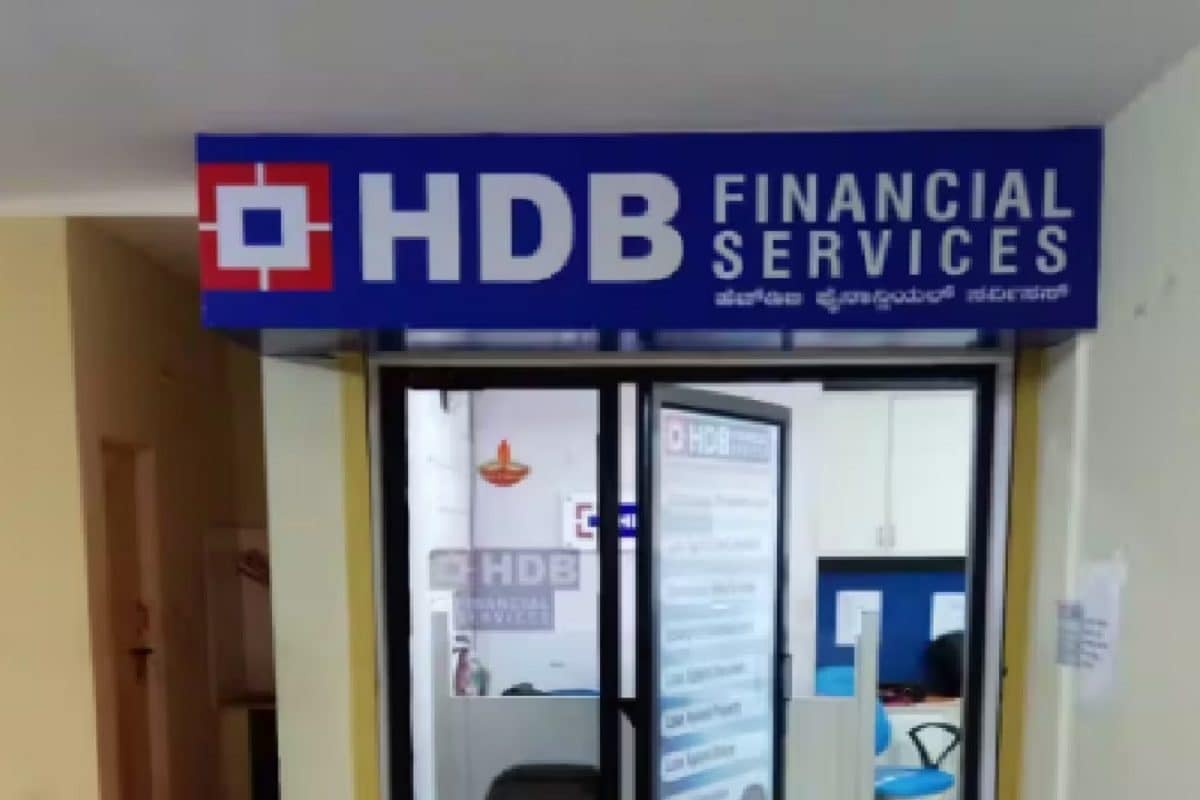

HDB Financial Services, a non-banking financial company (NBFC) backed by HDFC Bank, launched its initial public offering (IPO) on Wednesday, aiming to raise ₹12,500 crore. The IPO, which opened on June 25, 2025, and closes on June 27, 2025, is poised to be one of the largest NBFC IPOs in India. The IPO includes a fresh issue of ₹2,500 crore and an offer for sale (OFS) of ₹10,000 crore by parent company HDFC Bank. The price band is set between ₹700 and ₹740 per equity share, with a face value of ₹10 each.
Subscription Status
On Day 2, the IPO has been subscribed 0.53 times as of 11:15 AM. The retail portion has been booked 0.42 times, the NII segment has been subscribed 1.13 times, and the QIB portion has been filled 0.01 times. Day 1 saw the issue subscribed 37% overall, with non-institutional investors (NIIs) leading by subscribing to 76% of their allotted portion. Retail investors followed, subscribing to 30% of their allocated quota. Employee reserved portion was subscribed 1.77 times and Shareholder reservation portion was subscribed 0.70 times on Day 1.
Grey Market Premium (GMP)
The grey market premium (GMP) for HDB Financial Services IPO has seen a decline. Initially, the IPO commanded a premium of around ₹74, hinting at a possible 10% listing gain over the issue price. However, recent trends show the GMP has cooled off to ₹50.5, translating to an estimated listing price of ₹790.5, about 6.8% above the upper price band of ₹740. Market observers are indicating a GMP of ₹75 today. It's important to remember that GMP figures are unofficial and purely indicative, and they can change rapidly based on broader market cues.
Financial Performance and Key Details
HDB Financial Services is among the top NBFCs in India, with a loan book of ₹1.06 lakh crore as of March 31, 2025. For FY25, it posted a net profit of ₹2,176 crore, up sharply from ₹1,359 crore in the previous year. The company maintains strong asset quality, with gross NPAs at 2.49% and net NPAs at 1.38%. It has a nationwide footprint of over 1,700 branches in 1,200 cities and towns, serving more than 1.9 crore customers. Its offerings include secured and unsecured personal loans, gold loans, and SME lending.
The IPO comprises a fresh issue of ₹2,500 crore and an offer for sale (OFS) of ₹10,000 crore by parent company HDFC Bank. The issue's price band has been set between ₹700 and ₹740 per equity share, with a face value of ₹10 each. The share allotment for the HDB Financial Services IPO will be finalized on Monday, June 30. Refunds to unsuccessful bidders will begin on Tuesday, July 1, with shares credited to the demat accounts of successful applicants on the same day. HDB Financial Services is expected to debut on the BSE and NSE on Wednesday, July 2.
Expert Reviews
Brokerage firm SBI Securities has assigned a 'Subscribe' rating to the HDB Financial Services IPO, citing strong fundamentals and backing from a reputable promoter group, HDFC Bank. The brokerage values the company at a post-issue FY25 price-to-book (P/B) multiple of approximately 3.9x. Aditya Birla Money also gives a 'Subscribe' rating to the issue, highlighting its strong presence in semi-urban and underbanked regions, expanding and diversified loan portfolio, robust digital infrastructure and capabilities, and consistent financial strength. KR Choksey Securities has given a 'subscribe' tag to the public issue, saying HDB's initial issue is attractively priced, considering its parentage, peer group ROA average and its growth potential. Geojit Investments recommends a 'Subscribe' rating on a long-term basis, given its diversified lending portfolio, strong parentage support, omnichannel distribution platform, granular lending model, customer expansion, asset quality, and better growth prospects
Should You Apply?
Several brokerage firms have given a "subscribe" rating to the HDB Financial Services IPO, based on its strong financials, growth potential, and backing from HDFC Bank. However, potential investors should consider factors such as the moderate subscription rate on Day 1, the declining GMP, and near-term pressures on asset quality and margins. Investors with a medium to long-term view may find the issue attractive, provided growth and operating efficiency improve post-listing.